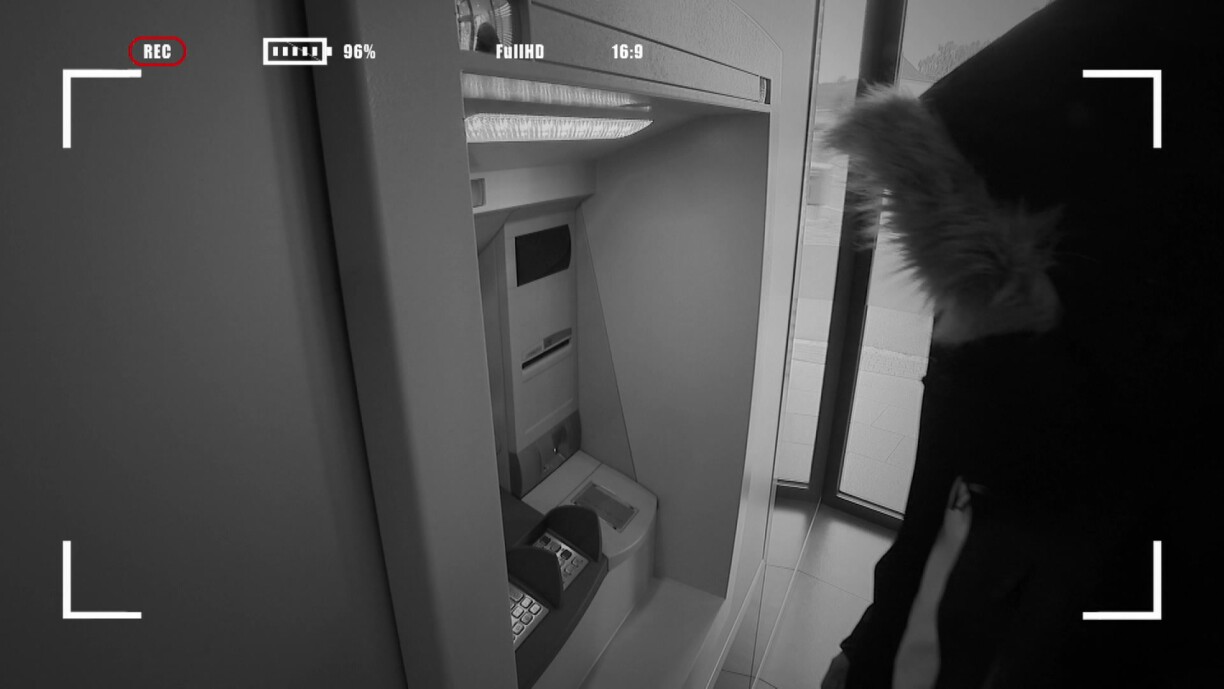
Spuerkeess and the police are warning ATM users to beware of new fraud tricks. There are various techniques to steal or copy a bank card – often, it is done so nimbly that the victims do not even notice it.
A common method to steal a bank card is called card trapping. The culprit introduce a mechanism into the card slot, which, as the name suggests, traps the card in the slot after the transaction has finished.
The victim consequently thinks it is a technical issue and leaves, without their card. That is where the culprits step in and retrieves the card.
Even if the card is not stolen, the possibility of the card being read and copied remains.
To enable skimming, a small apparatus is installed directly on the card slot. This apparatus is able to read the data on your card (the magnetic strip for instance) as soon as it is inserted into the slot. The data provided can be used to make a copy of the card.
Nevertheless, the copy on its own does not suffice, the robbers will need the PIN (Personal Identification Number).
To gain access, fraudsters have come up with several methods. A hidden camera, for example, installed above or next to the keyboard, records the victim typing in their code. The camera is usually very small and not immediately recognisable, or it might be hidden within the plastic parts of the ATM.
Another method is the overlay of a fake keypad over the actual one. The fake keypad then records the PIN, without the victim noticing anything unusual.
It’s recommended to cover the keypad with your hand while entering your PIN.
Also, check for any unusual features on the ATM, especially around the card slot and keypad.
If your card is retained and you can’t retrieve it, stay calm and contact your bank immediately. Additionally, it’s important to monitor your bank account regularly for any suspicious activity.